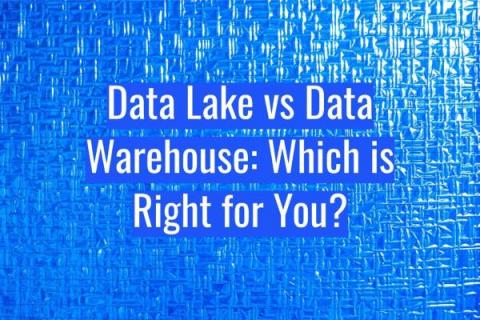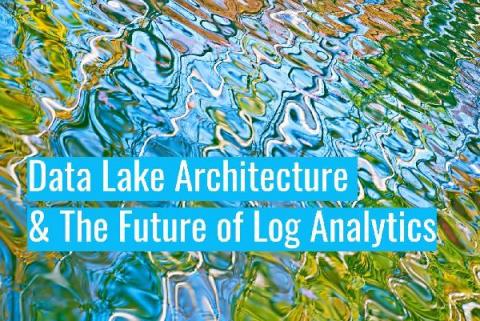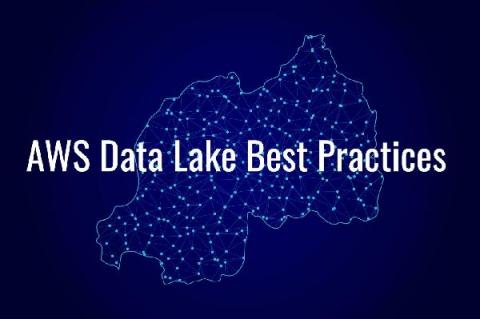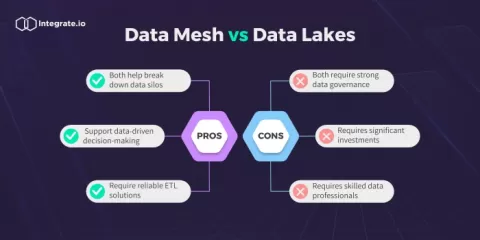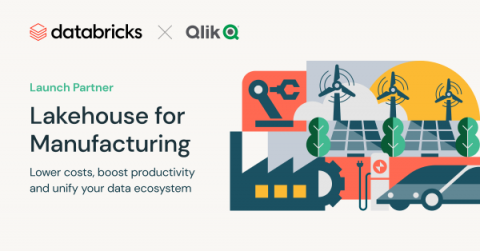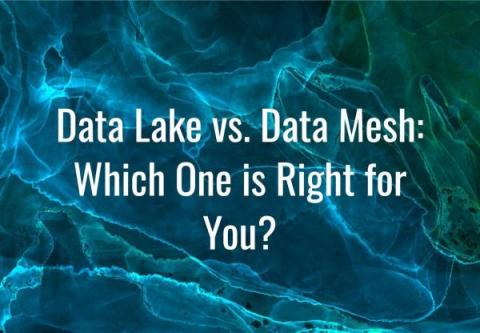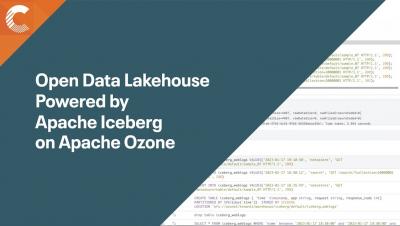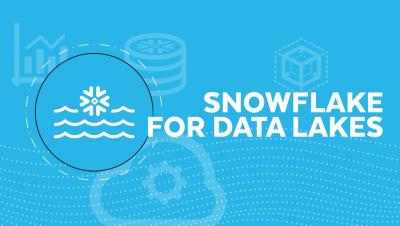Systems | Development | Analytics | API | Testing
Data Lakes
Data Lake Architecture & The Future of Log Analytics
10 AWS Data Lake Best Practices
The Pros and Cons of Data Mesh vs Data Lake
Transforming Manufacturing Data: The Power of Qlik and Databricks Together
Manufacturing is undergoing a massive transformation. Driven by technological advancements that generate vast amounts of data. The industry is moving towards becoming smarter, more sustainable, and services driven. The fragmented nature of manufacturing’s data architecture however, has created barriers to realizing the full value of data, with many projects stalling at the Proof-of-Concept stage.
Data lake vs. data mesh: Which one is right for you?
Educating ChatGPT on Data Lakehouse
As the use of ChatGPT becomes more prevalent, I frequently encounter customers and data users citing ChatGPT’s responses in their discussions. I love the enthusiasm surrounding ChatGPT and the eagerness to learn about modern data architectures such as data lakehouses, data meshes, and data fabrics. ChatGPT is an excellent resource for gaining high-level insights and building awareness of any technology. However, caution is necessary when delving deeper into a particular technology.


